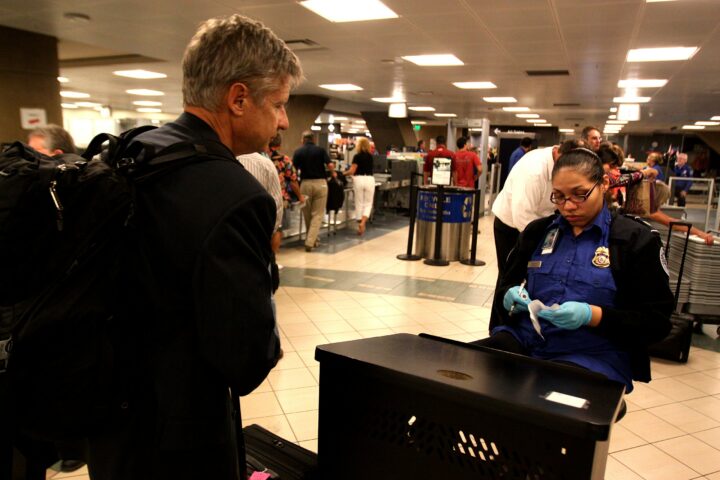The Department of Government Efficiency (DOGE) — the high-profile federal initiative once hyped as a game-changer for cutting waste and streamlining bureaucracy — has now reportedly quietly collapsed just 10 months into its planned 18-month operation.
On Sunday, Office of Personnel Management (OPM) Director Scott Kupor bluntly told reporters that DOGE “doesn’t exist” anymore and will no longer function as a “centralized entity.” After the comments sparked confusion, Kupor rushed to clarify on X, insisting that while the agency itself is gone, its mission would be “decentralized” across the federal government.
“DOGE may not have centralized leadership under U.S. DOGE Service,” Kupor posted, “but the principles of DOGE remain alive and well: de-regulation; eliminating fraud, waste and abuse; re-shaping the federal workforce; making efficiency a first-class citizen.” He added that while DOGE “catalyzed” these ideas, OPM and the Office of Management and Budget will now “institutionalize” them.
DOGE was launched with enormous fanfare and sky-high expectations. Its stated purpose was simple: trim federal bloat, slash wasteful spending, and increase productivity across government agencies. But from the outset, the numbers never quite matched the hype.
Over its short lifespan, DOGE claimed it had terminated 13,440 contracts, 15,887 grants, and 264 leases. But those figures often didn’t withstand scrutiny. In one glaring example, DOGE touted the cancellation of an “$8 billion contract” that turned out to be just $8 million — a thousand-fold exaggeration.
Tech billionaire Elon Musk, who served as the public face of DOGE, initially predicted the department would save taxpayers $2 trillion. He later scaled that down to $1 trillion. By late 2025, DOGE boasted it had saved $214 billion — supposedly $1,329 per taxpayer.
Independent reviews painted a very different picture. Analysts found DOGE had exaggerated its savings by up to 97 percent in certain categories. A major analysis released in August could verify only $32.7 billion of the $52.8 billion in federal contracts the initiative claimed to have cut — and concluded that real, measurable savings to taxpayers were closer to $1.4 billion.
It was reported that DOGE’s much-publicized “federal workforce cuts” amounted to roughly one percent of federal employees — far from the sweeping personnel reductions Musk had promised in 2024.
Musk exited DOGE at the end of May due to rules limiting special government employees to 130 days of service. Before leaving, he conceded the project had fallen far short of expectations: “I think we’ve been effective,” he said, “not as effective as I’d like.”
What remains is a familiar Washington story: big promises, bigger headlines — and far less delivered. While the administration now claims that DOGE’s mission will live on across scattered agencies, its dissolution marks the premature end of what was billed as a historic crackdown on government inefficiency.
Instead, it stands as yet another example of bureaucratic overreach, inflated numbers, and a federal government still unable — or unwilling — to meaningfully rein in its own waste.








